When you cold start your car, you expect it to sound in a particular way. Over time, you get used to the sounds and noises the car makes, whether from the front, in the cabin, or from the rear. You can hear your car making noises: clicking, grinding, thumping, or even whirring. Any one of these sounds should put you on alert mode, and you should have the vehicle checked as soon as possible.
In our article today, we take a listen at the clicking noise your car might start making when you cold start. We explore why this clicking noise occurs just before the engine is warmed up. We will look at how the engine works to better understand what we are discussing today. We will also highlight the other ticking noises your car can make. This way, you will have an easier time diagnosing and solving the problem under discussion.
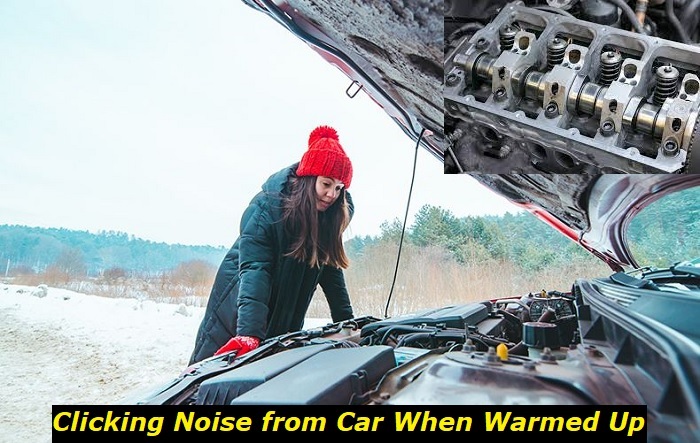
In almost all instances, the ticking noise made by the engine on cold start and goes away when the engine is warmed is caused by the piston. This noise will likely start when the vehicle has covered at least 100,000 miles.
What makes up the piston
Well, to answer the question, we take a look at how the piston operates. The engine pistons move up and down a chamber in the engine block. The piston has a round head which fits perfectly in the round combustion chamber. The round head of the piston includes 1st and 2nd compression rings, oil ring, land, crown, and piston pin.
This piston part is held in place by the connecting rod. The base of the piston head, where it joins the connecting rod, is called the piston skirt. At the very base of the piston, you will find the bearings attached to the crankshaft.
What makes the clicking noise on cold start?
1) Combustion chamber deposit interference (CCDI)
This clicking noise happens on vehicles that have covered several tens of thousands of miles. Over the time the vehicle has been on the road, there is carbon buildup at the very top of the combustion chamber and on the piston crown. When you start the engine, the pistons and the engine block are cold and shrunk, albeit by very small margins.
When the combustion chamber is filled with the air-fuel mix, the piston moves up to compress it before the spark plug can throw in the spark. But because the parts are somehow shrunk, the piston moves all the way up to the top of the chamber, and given carbon residue on the crown; the piston hits the top of the chamber.
The block and the other engine parts warm up and expand with every engine cycle. Eventually, the carbon-coated crown will not reach the top of the chamber and won't hit it. The clicking noise is made when the carbon-coated crown hits the engine block. As the engine warms up, the clicking noise disappears.
What can cause CCDI?
- Heavy foot driving or stop-and-go traffic in the city
- low-grade fuel
- faulty air-fuel mixture sensors
Solution
As noted earlier, carbon buildup is rare on relatively new vehicles. Some mechanics will advise you to use a decarbonizing cleaning compound that enters the combustion chamber together with the air-fuel mixture. Other experts will advise you to scrape the carbon buildup using a plastic or wooden scraper. This can only happen when you have dismantled the engine, and the piston crowns are accessible.
Most experts agree that using non-contaminated fuel will help you avoid this issue in the long run. The other thing you can do is let the vehicle idle before pulling off. Try and avoid heavy-foot acceleration too.
2) Piston slap
There is a small allowance between the piston head and the cylinder wall. When the engine has cooled down, the aluminum head and the piston head shrink, leaving more space between them. When the crankshaft starts turning, the connecting rod moves in a circular motion at the main bearing point and moves up and down inside the cylinder.
These circular and vertical movements of the piston are made possible by the flexibility of the main bearing, the crankshaft's design, and the piston pin's firmness. Although very elegant, these movements still make the piston skirt mimic the piston rod's movements. The piston skirt, therefore, taps on the cylinder head twice with every cycle the piston makes up the cylinder. It is more like the piston head will rock inside the cylinder as it moves up and down.
The piston skirt hits the cylinder wall when the engine is cold, and this will continue until the engine is warmed up. As the engine runs, the cylinder and the piston head expand, eliminating the space between the skirt and the cylinder wall. The clicking noise will be dull and will go away once the engine is warmed up.
The other reason why this can happen is due to wearing out of the bore all around at right angles to the piston pin. The crank web is usually at 90o of rotation between compression and exhaust stroke. This means the piston is thrust against the cylinder wall on the opposite side as it rotates up the cylinder. The long strokes cause the bore to wear out faster since the crank web will be at a more severe angle on the opposite side. If the piston skirts are short, the piston will start rocking, and the slapping noise will be heard.
Solution
The clicking noise made by the piston skirt rocking inside the cylinder tends to abate or disappear as the engine warms up. The solution to this problem would be to allow the engine idle long enough to let the noise go away.
The good thing is that the piston rings are spaced using very specific measurements and even when the piston slaps on the cylinder, there is no loss of compression, and the sealing capabilities are intact.
What are the other causes of the clicking sound in the vehicle?
Your car's noise should be properly diagnosed to avoid working on something that was not broken in the first place. This is why professional mechanics use a mechanic stethoscope. You should also use an OBD II scanner to help you solve any type of noise. Of course, other symptoms will help you know what you are dealing with.
Here are the other clicking noises that you should be aware of. This will help you solve the cold start clicking noise with ease.
- Valves are misaligned - Neglect of the valve train can cause the valves to be misaligned, making it hard for them to open and close. The engine will make a clicking noise. This happens when the vehicle is on the move.
- Lifters not adjusted properly - Your vehicle might have several lifters which close and open the engine valves. Once the lifters wear out, a metal-to-metal exposure will make a clicking noise. Low oil pressure can also cause this lifter problem. It is advisable to replace malfunctioning lifters.
- Rod knocking - The crankshaft and the piston are connected via the bearings. For smooth rotation of the crankshaft, there is a small space left between the rod and the bearing where oil flows through. Bad bearings or low oil in the engine are the main causes of this problem. The noise intensifies as you accelerate.
- Low oil level or pressure - Any ticking or clicking noise accompanied by low oil pressure or low oil level is never good. The engine parts found on the top require adequate lubrication. These components include rockers, camshafts, lifters, and cam adjusters. When these parts run out of oil, they make an unpleasant clicking or ticking noise. Low engine oil levels a faulty timing chain drivetrain components are the leading cause of this problem.
- Faulty spark plugs - Spark plugs that are misaligned or faulty can make a clicking noise. You should torque the plugs using the user manual to avoid damaging the cylinder head. The noise can be head to be near the top of the engine rather than inside.
- Other engine components - The vehicle has many components that can make a clicking noise when they malfunction. The AC, the belt tensioners, the water pump, and the exhaust manifold leak can cause this noise.
Conclusion
When your car makes a clicking noise when you start the engine in the morning, it is important that you lift the hood and listen carefully to the source. Sometimes, you might be unable to tell where the noise is coming from if the hood cover is on. If you have an OBD II you or a mechanic's stethoscope, you can easily locate the problem.
Not many car components make a clicking noise on a cold start, and the noise goes away once the engine has warmed up. From the experience of professionals and seasoned drivers, the first thing to consider is piston slapping or CCDI. These causes are not dire, and you can easily manage them.
About the authors
The CarAraC research team is composed of seasoned auto mechanics and automotive industry professionals, including individuals with advanced degrees and certifications in their field. Our team members boast prestigious credentials, reflecting their extensive knowledge and skills. These qualifications include: IMI: Institute of the Motor Industry, ASE-Certified Master Automobile Technicians; Coventry University, Graduate of MA in Automotive Journalism; Politecnico di Torino, Italy, MS Automotive Engineering; Ss. Cyril and Methodius University in Skopje, Mechanical University in Skopje; TOC Automotive College; DHA Suffa University, Department of Mechanical Engineering

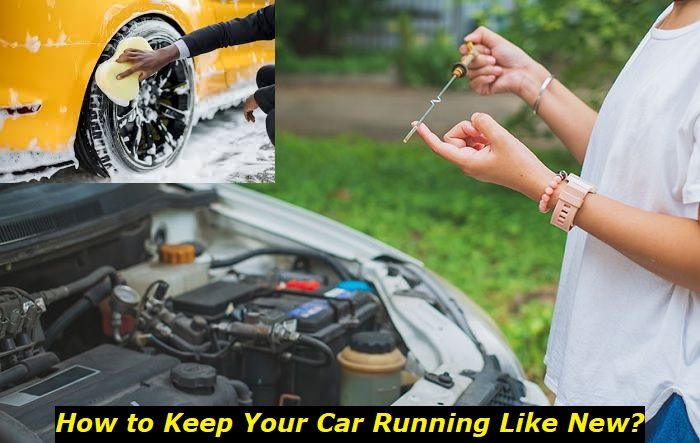
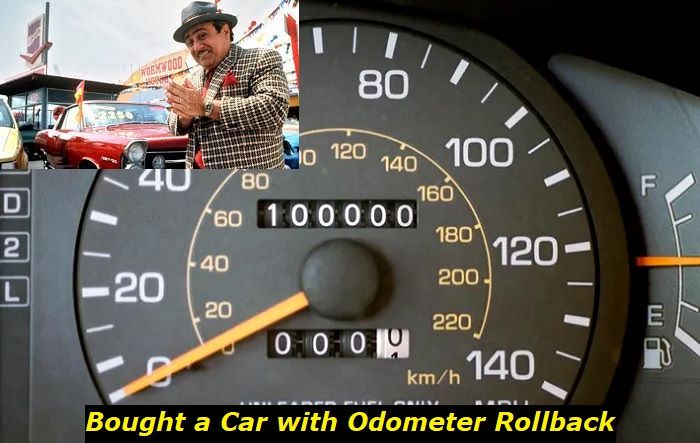
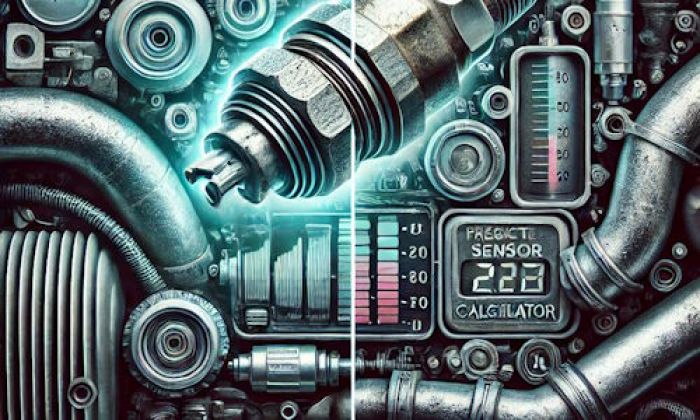

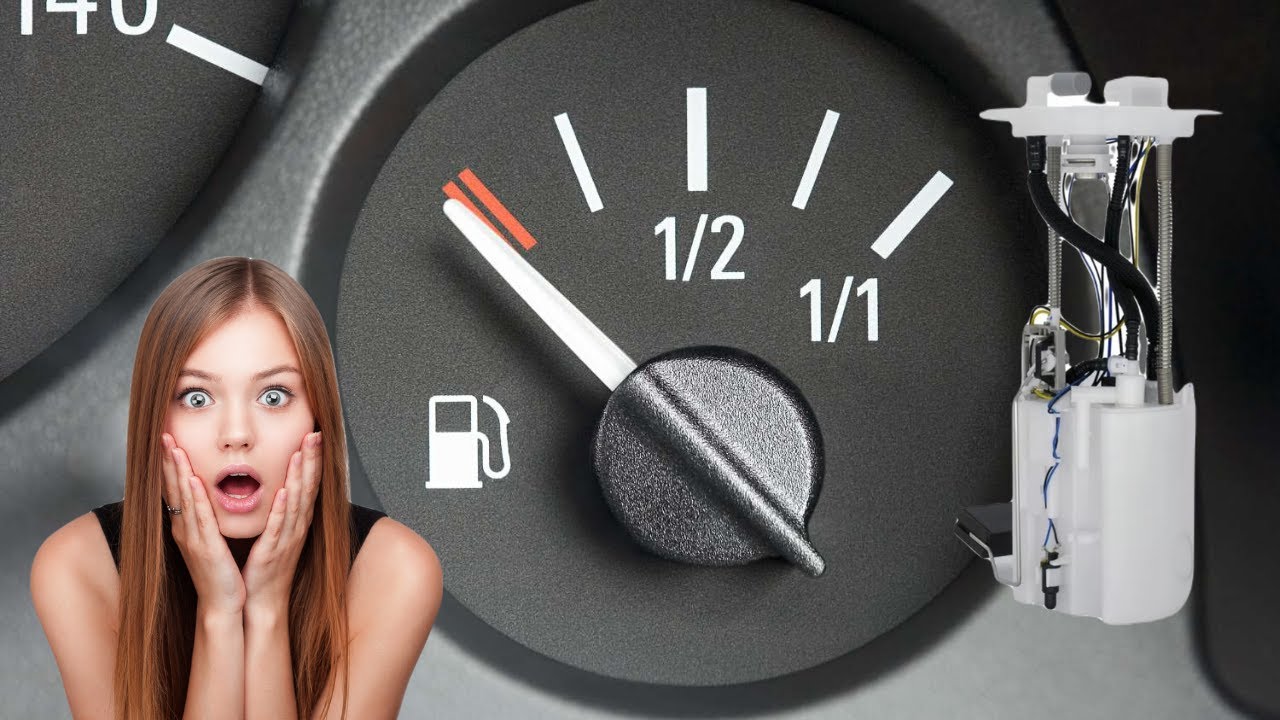
Add comment